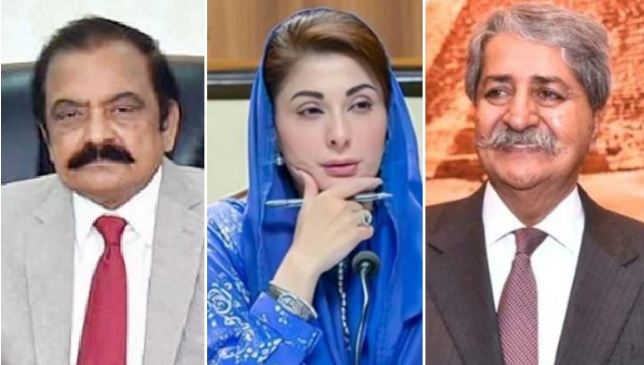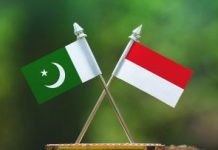Differences between the Pakistan Peoples Party (PPP) and Pakistan Muslim League-Nawaz (PML-N) have once again come to the surface, this time over the distribution of flood relief funds. The issue has snowballed into a political tussle, with Punjab Chief Minister Maryam Nawaz openly criticizing the PPP leadership.
At the heart of the dispute lies the channel through which the funds should be disbursed. The PPP is insisting that the money be distributed via the Benazir Income Support Programme (BISP), a flagship scheme closely associated with the Bhutto legacy. The PML-N, however, is adamant that the Punjab government should distribute the funds directly to flood-affected families.
Both sides are accused of playing politics over a matter that directly concerns millions of suffering citizens. For PPP, using BISP would not only ensure centralized distribution but also allow it to reap political dividends, particularly in Sindh and southern Punjab where the party has traditional support bases. For the PML-N, allowing funds to pass through BISP would be tantamount to handing PPP the political credit—something Maryam Nawaz and her party are unwilling to concede. Instead, the Punjab government wants to ensure that affected communities see PML-N, and specifically Maryam’s administration, as the benefactor.
The tug-of-war highlights how disaster relief, instead of being treated as a humanitarian issue, is once again becoming hostage to partisan battles. Punjab government sources argue that direct disbursement ensures transparency and efficiency. PPP leaders counter that bypassing BISP is an attempt to weaken an institution that has built credibility over years of functioning.
Beyond the question of flood funds, the disagreement reflects a broader struggle for political space between the two parties. PPP is increasingly desperate to regain relevance at the federal level. With speculation rife that November could bring major political shifts following a possible extension for the country’s military leadership, PPP sees an opening to maneuver itself into a stronger position in Islamabad.
For PML-N, especially under Maryam Nawaz’s leadership in Punjab, the priority is to consolidate its hold on the province—the party’s traditional power base. Any perception of weakness, or of conceding ground to PPP, could undermine that goal. Hence, Maryam’s sharp criticism of the PPP leadership signals not just frustration over relief fund mechanisms but also an assertion of her political authority.
The growing friction is likely to intensify in the coming months. Observers believe that PPP’s insistence on BISP is not only about relief funds but also about strengthening its bargaining position in the federal coalition. On the other hand, PML-N’s strategy appears focused on keeping PPP at bay in Punjab while preparing for possible turbulence at the federal level.
With both parties unwilling to compromise, the rivalry risks overshadowing governance at a time when unity is required. For citizens in flood-hit regions, the political squabbling offers little comfort. But in the charged political climate of Pakistan—already bracing for November’s developments—the PPP-PML-N rivalry promises to add yet another layer of confrontation to an already volatile landscape.

















